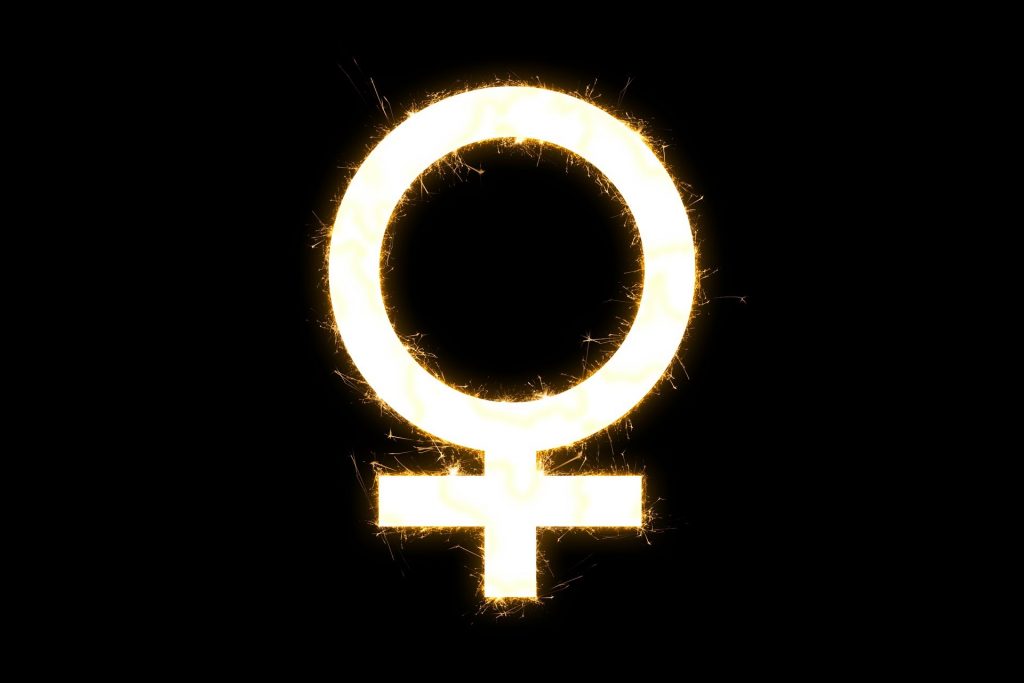One day when I was scrolling through my social media accounts, I  noticed that one of my friends shared an article by The Economist titled, “Why India needs women to work.” The article recites facts about Indian women’s’ contributions–or lack thereof, to the Indian economy, despite the fact that the Hindu goddess Laxmi is the closest thing to an economic deity in the country’s most-practiced religion. According to the article, women’s labor only contributes to one-sixth of the country’s economic output, which is among one of the lowest shares in the world.
noticed that one of my friends shared an article by The Economist titled, “Why India needs women to work.” The article recites facts about Indian women’s’ contributions–or lack thereof, to the Indian economy, despite the fact that the Hindu goddess Laxmi is the closest thing to an economic deity in the country’s most-practiced religion. According to the article, women’s labor only contributes to one-sixth of the country’s economic output, which is among one of the lowest shares in the world.
India’s female employment rate is alarmingly low, but what is even more alarming is the fact that it has been decreasing over the years. This is also despite the fact that the Indian economy as a whole has expanded over time. The number of working-age women in India has increased to 470 million, but only 10 million people are considered employed.
The economic inequality women in India face is exacerbated by the social inequalities created by the caste system and the gender disparities that exist in India. Women in what are considered to be lower castes are subjected to working high-labor jobs with no benefits because of their nature. For example, according to an article by the Conversation, Dalit (untouchable) women are often trafficked and forced to work jobs in prostitution or sanitation. Some of these sanitation jobs include cleaning and disposing of the dead or emptying public dry toilets by hand. While efforts have been made to mitigate the effects of the outdated caste system, disparities continue to exist to this day, and lower-caste women appear to suffer the most.
Another factor which contributes to unequal economic opportunity between the genders is the unsafe environment in which Indian women are forced to live. In fact, recently, India has been named the most dangerous country for women in a Thomson Reuters Foundation survey (The Guardian). Rather than touching upon questions which concern opportunity and the gender gap, this survey focused on safety and freedom for women. While India is the world’s largest functioning democracy, its women frequently feel unsafe and have to alter their behaviors in order to avoid violence.
Social inequalities created by cultural norms bleed into more professional spheres of life. Because women are constantly undervalued and forced to diminish their capacities for the sake of staying safe, they either fail to enter the job market or work jobs which have little to no compensation. In fact, I cannot help but wonder how the economic figures would change if the work of Dalit women was considered in their calculations. India has an extremely low female employment rate, but this is not considering the jobs that women work simply because no one else wants to work them.
When I first read of the economic impact of India’s low female employment rate, I was startled. However, upon further investigation, it makes sense. No wonder Indian women do not “contribute to the economy”–their work is constantly undervalued and unappreciated. In order to tackle the large-scale issue of economic inequality, stakeholders and leaders must first consider the smaller, albeit pretty obvious social inequities which contribute to the 26% female employment rate.
Sources:
https://www.economist.com/leaders/2018/07/05/why-india-needs-women-to-work
https://theconversation.com/how-twitter-got-blindsided-by-indias-still-toxic-caste-system-107792
https://www.theguardian.com/commentisfree/2018/jul/02/india-most-dangerous-country-women-survey

Leave a Reply
You must be logged in to post a comment.